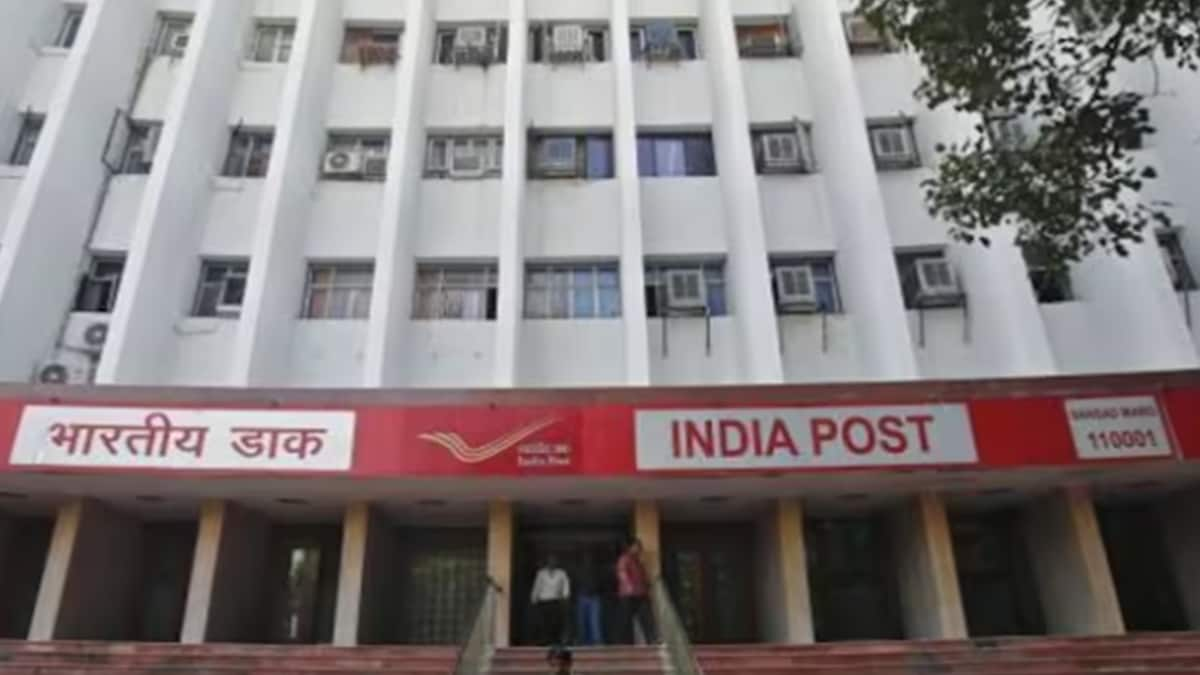Small Saving Schemes: Income Proof Mandatory For Investment Over Rs 10 Lakh – News18

All depositors under the three risk categories need to resubmit their KYC every seven, five and two years, respectively. (Representative image)
According to the circular, customers who have accounts with India Post will be divided into three risk categories – low, medium, and high risk.
Small savings schemes are financial instruments offered by the government to encourage individuals to save money and earn a fixed rate of return on their investments. They are primarily aimed at promoting a savings culture and fostering financial inclusion. There are various types of small savings schemes available in India, such as Public Provident Fund (PPF), National Savings Certificates (NSC), Post Office Savings Accounts, Senior Citizen Savings Scheme (SCSS), and Sukanya Samriddhi Yojana (SSY), among others.
Recently, the Department of Posts released a circular asking officials to gather income proofs from investors of specific categories engaging in small savings plans to combat the threat of money laundering and financing of terrorism.
“Further, in order to comply with the guidelines of the Financial Intelligence Unit – India (FIU-IND) and Financial Action Task Force (FATF), it has been decided to issue revised guidelines on AML/CFT norms to be followed in the post offices in respect of National (Small) Savings Schemes,” the circular read.
To prevent misuse for illegal financing and money laundering operations, it has now subjected all investments in post office schemes to tougher KYC/PMLA compliance regulations.
According to the circular, customers who have accounts with India Post will be divided into three risk categories – low, medium, and high risk.
Investing in or holding certificates with a maturity value of up to Rs 50,000 or having a balance in savings accounts that does not exceed Rs 50,000 falls under the low-risk category. While those whose investments range from Rs 50,000 to Rs 10 lakh fall under the medium-risk group. People who invest or keep investments worth more than Rs 10 lakh come under the high-risk category of investors.
For all the three above categories, it is necessary for investors to submit –
a. Two passport-size photos
b. Self-attested copies of Aadhaar card
c. Permanent Account Number (PAN).
All depositors under the three risk categories need to resubmit their KYC every seven, five and two years, respectively. If the address proof does not include the current address, then the investors must provide a self-attested copy of any of eight documents, such as – a driver’s licence and utility bills.
Meanwhile, proof of the source of funds is required for high-risk investors, such as bank statements, succession certificates, income tax returns, gifts or sale deeds, wills, or any document that demonstrates the income or source of cash. In the case of joint holders, the KYC must be completed for each investor.
Also, if the investor is a minor, then the parent/guardian should provide KYC and proof of income.
For all the latest business News Click Here


